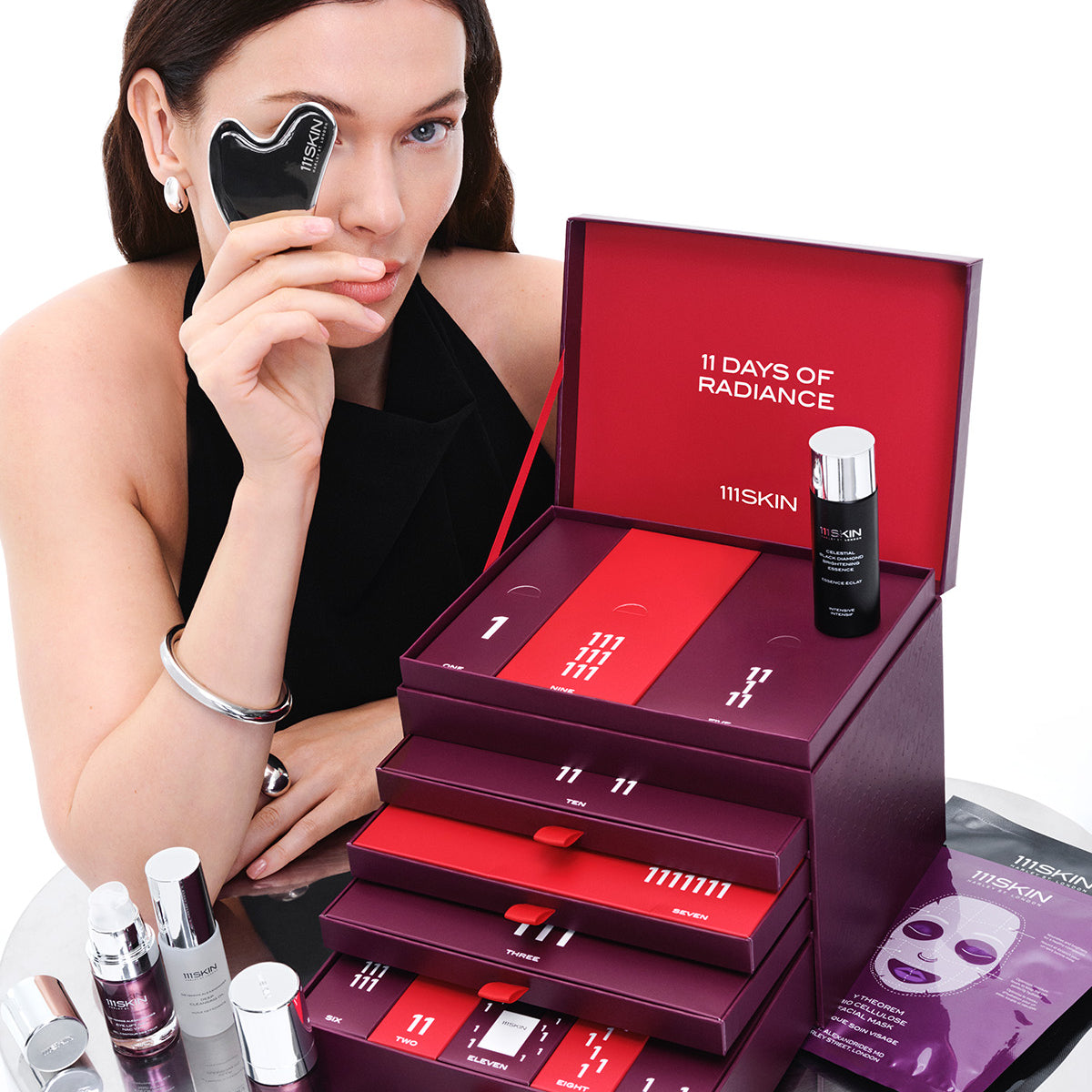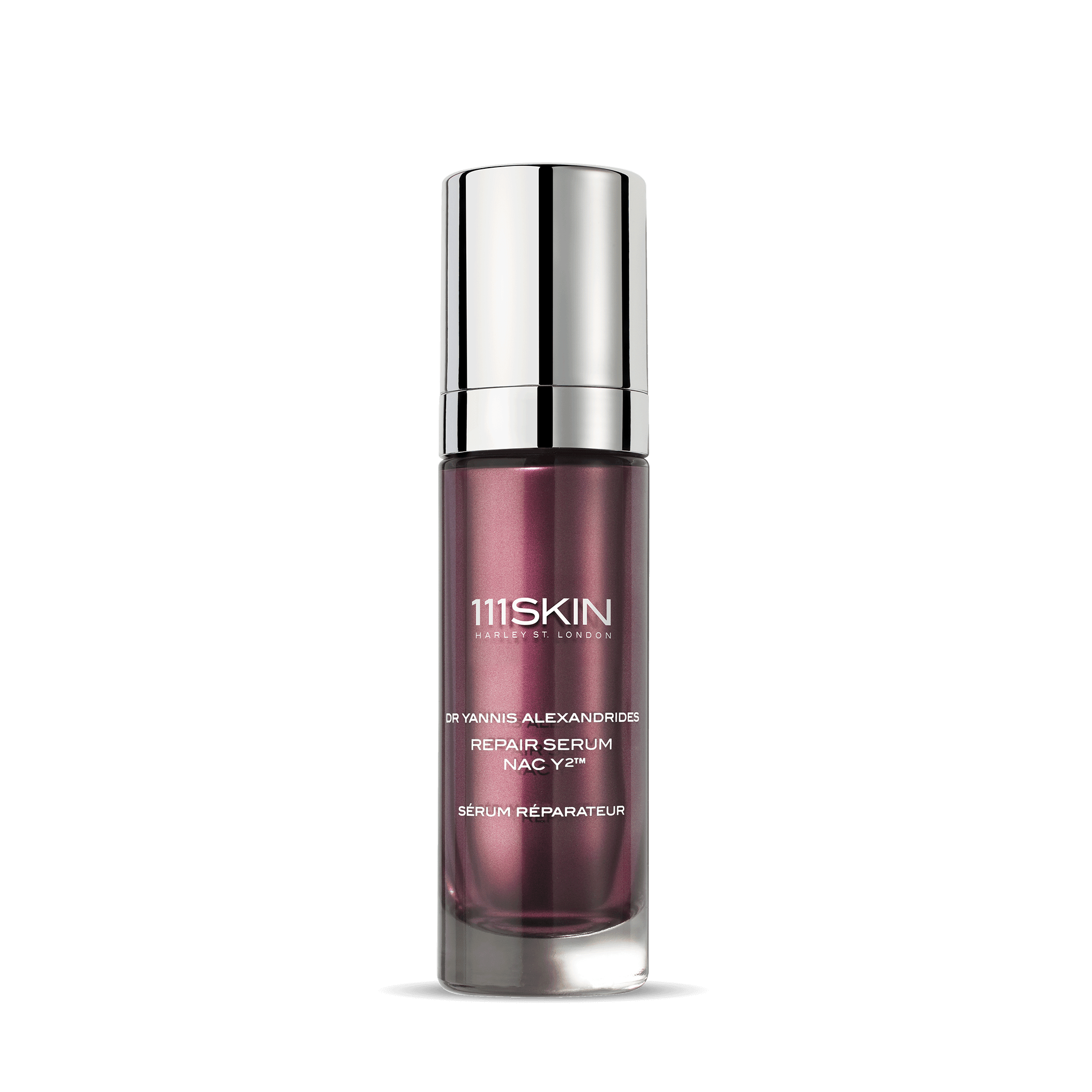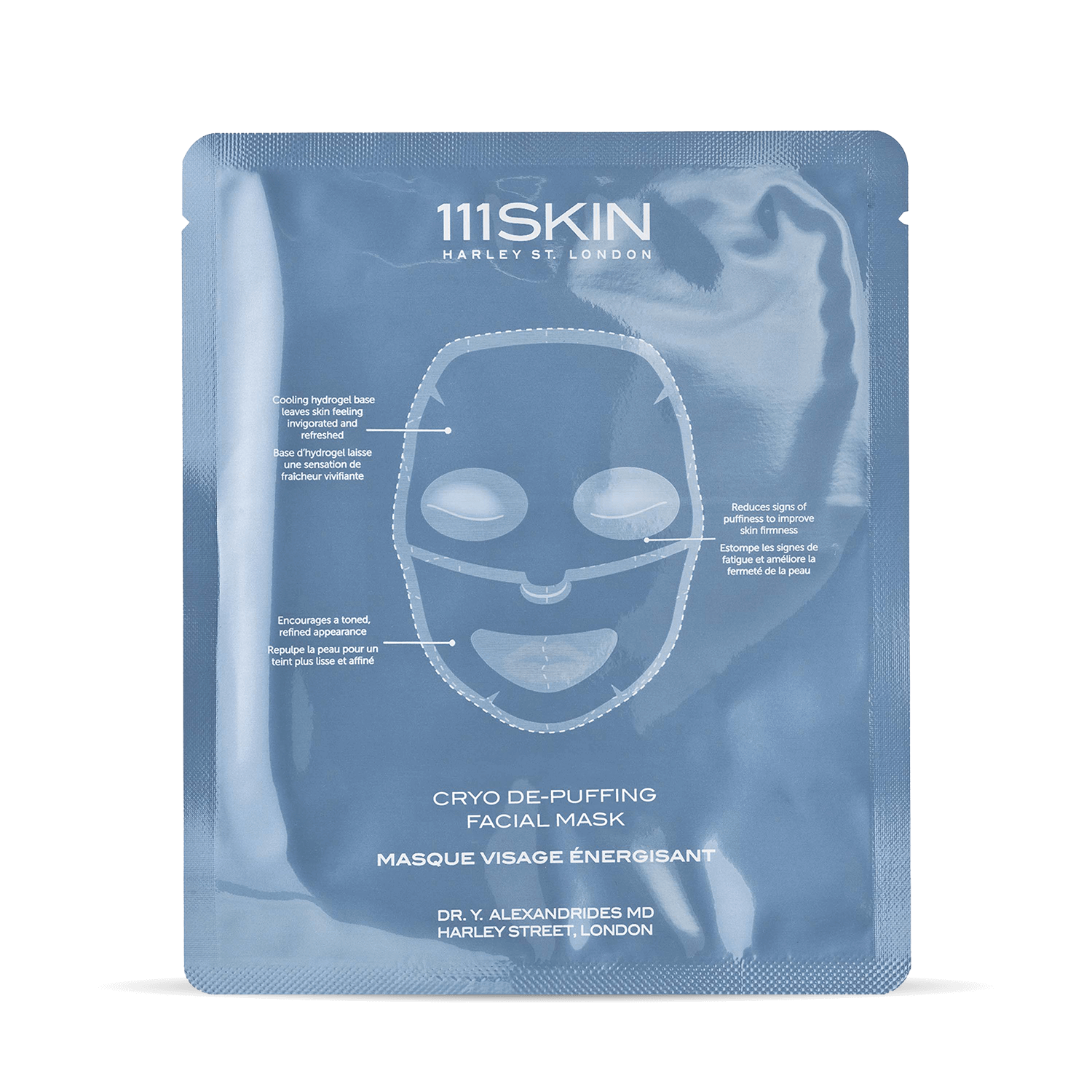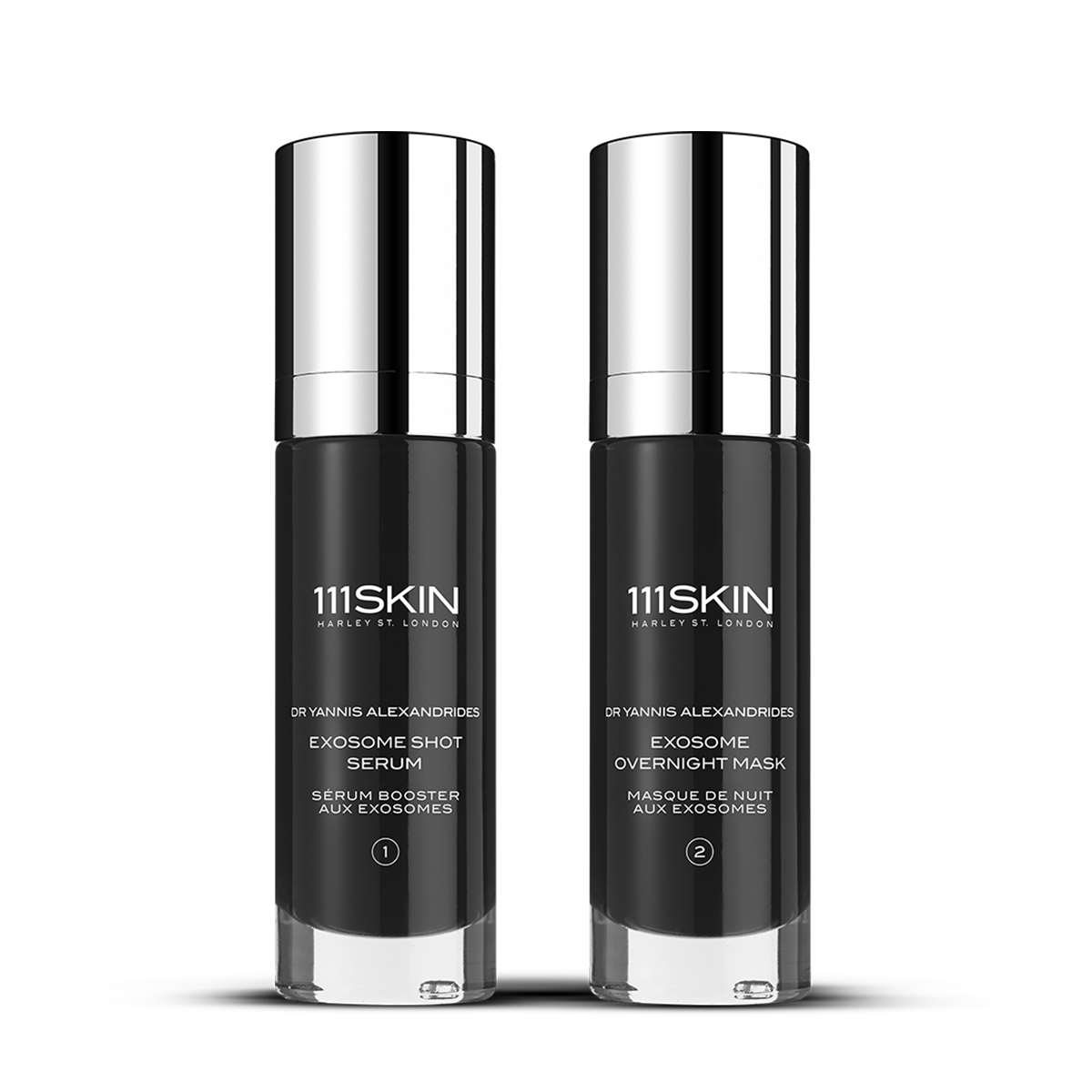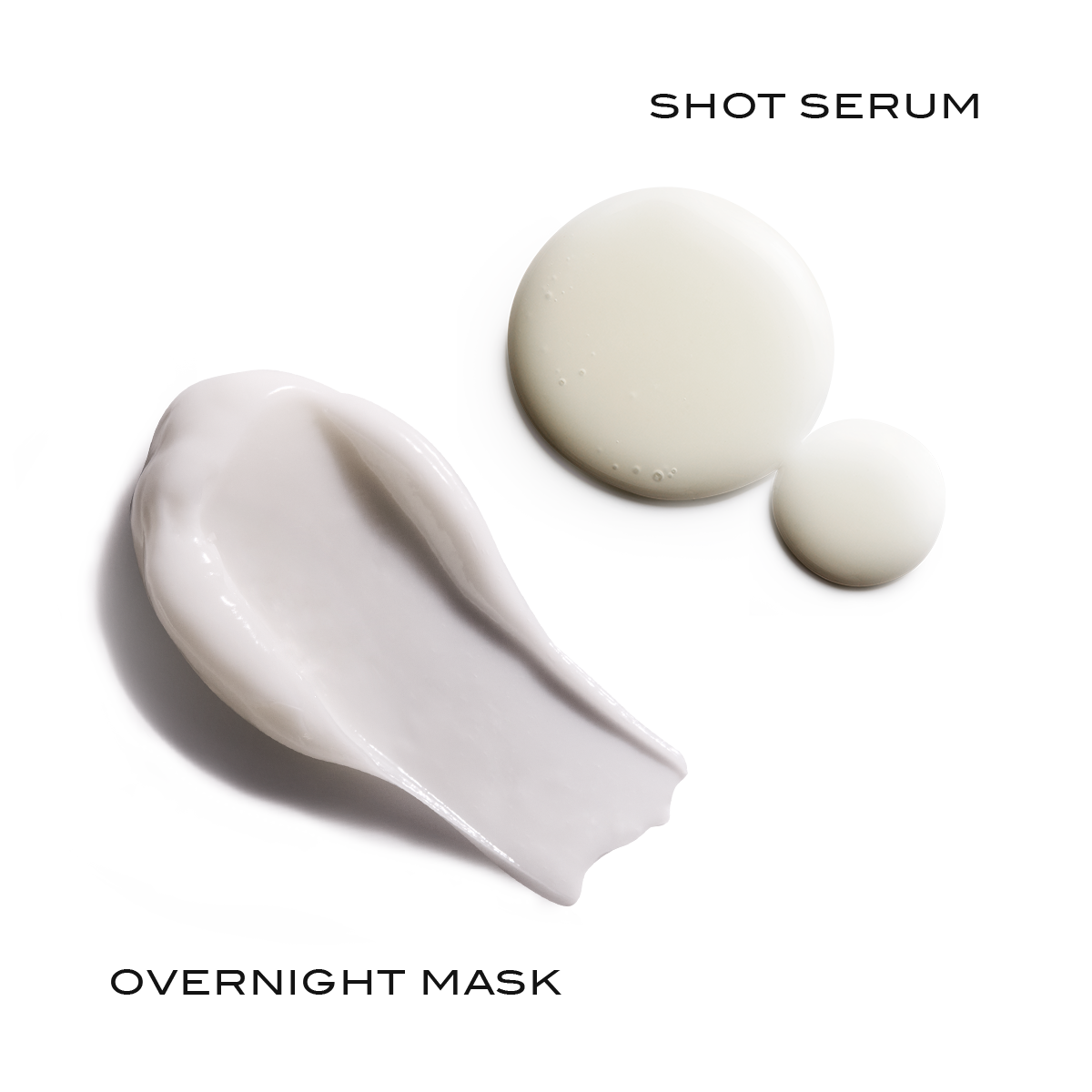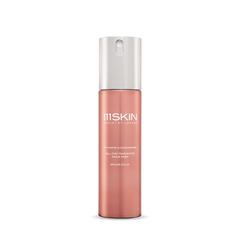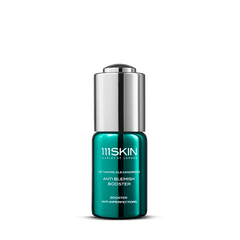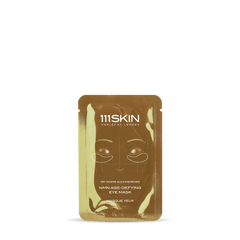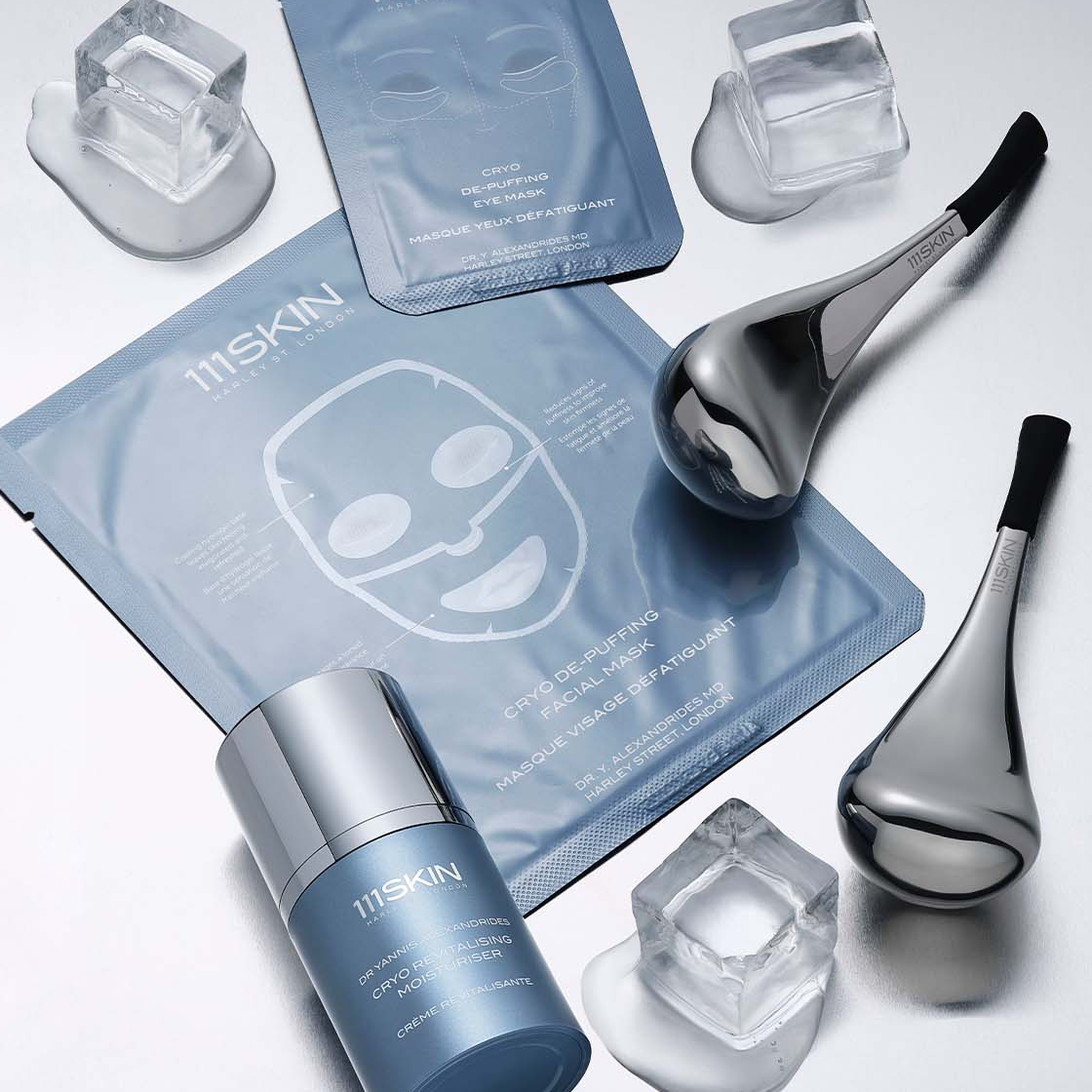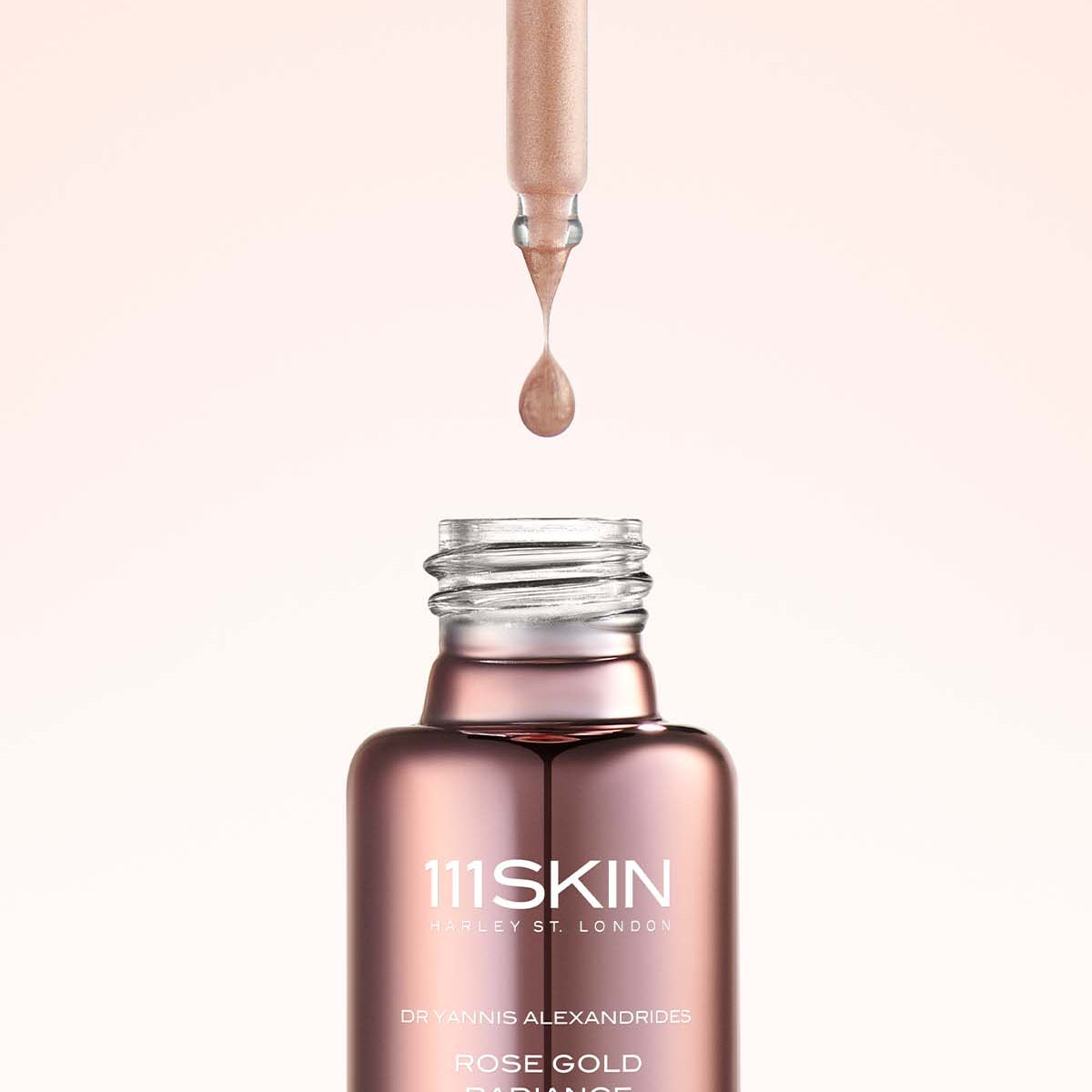5 min to read
Introduction
In recent years, the skincare industry has witnessed a surge in regenerative treatments that go beyond surface hydration and exfoliation. Among these innovations, exosomes in skincare have emerged as one of the most advanced, cutting-edge ingredients. Touted as the future of non-invasive skin therapies, exosomes are helping redefine how we address fine lines , wrinkles, hyperpigmentation and post-procedural recovery.
Whether you’re a skincare enthusiast or looking for advanced treatments, understanding how exosomes work, and how to use them can be a game-changer.
Table of content
What Are Exosomes?
Exosomes are microscopic, lipid-based vesicles naturally released by skin cells. They are biological messengers that actively influence how your skin functions and repairs itself. When applied topically, they travel between skin cells transferring critical signals such as growth factors and peptides. These signals "wake up" the skin’s regenerative functions, stimulating fibroblasts to increase the production of collagen and elastin, the two key proteins responsible for firmness, elasticity, and a youthful appearance.
As we age, exosome production and efficiency declines, leading to sagging, volume loss, wrinkles, and an overall decline in skin health. Topically applying exosome skincare treatments helps to reintroduce these powerful biological signals into the skin, essentially “resetting” the communication pathways for healthier, more radiant skin. Scientific data suggests that when used effectively, exosomes can boost collagen production by up to 300% and elastin by 100%, making them a game-changing addition to any advanced skincare regimen.*

How Do Exosomes Work in Skincare?
When formulated and delivered correctly, exosomes offer a variety of benefits:
Stimulate collagen and elastin production for firmer, smoother skin
Repair damaged skin barriers for stronger, more resilient skin
Calm inflammation and micro-irritation
Improve skin texture, tone, and elasticity
Enhance post-treatment recovery and overall skin health
One of the most exciting aspects of in-clinic exosome therapy is its ability to restore balance at the cellular level, transitioning the skin from a stressed, inflamed state to one of active regeneration. This makes exosomes especially effective when used as part of a structured treatment protocol.
Types of Exosomes in Skincare
Exosome skincare products are typically derived from three main sources:
1. Plant Exosomes
Extracted from botanicals.
Commonly found in daily-use exosome serums.
Limited clinical data supporting effectiveness for advanced skin concerns.

2. Bacterial Exosomes
Derived from probiotic strains.
Help modulate inflammation and strengthen the skin barrier.
Offer a safer, more ethical option compared to human-derived sources.

3. Animal / Human Exosomes
Typically more potent due to biological similarity.
Often associated with ethical and regulatory concerns.
Not legal for at-home use.

Among these, bacterial exosomes stand out for their skin-compatible benefits without the ethical, allergenic, and regulatory concerns often associated with animal or human-derived exosomes.
Exosome Treatments: At-Home vs. In-Clinic
Microneedling is a well-established clinical treatment for stimulating collagen and rejuvenating the skin. When paired with exosomes, it delivers faster, more intensive results by enhancing ingredient absorption deep within the skin. However, this approach often involves downtime and professional supervision.
At-home exosome treatments offer a gentler, needle-free alternative. While results develop more gradually, they’re ideal for ongoing maintenance, sensitive skin, or anyone looking to avoid invasive procedures. Tools like derma rollers or microspicule-based delivery systems can still boost skin renewal by creating micro-channels that enhance absorption.
At 111SKIN, we've developed the The Exosome Face Lift as a clinically inspired, at-home solution that uses microspicules to deliver our potent exosome formula—without the need for needles or downtime.
Curious about the full protocol? Read part two of this journal series here.
FROM CLINIC TO CABINET
- A two-step, four-week intensive treatment that helps to deliver a visible lifting and tightening effect.
- Helps to boost collagen and elastin production.
- Reduces redness and fine lines.
- Tightens skin and helps to visibly reduce wrinkles.
"Regenerative medicine is rapidly reshaping the future of skincare, and exosomes are at the forefront of this shift. At 111 Harley Street Clinic, exosomes already play a key role in advanced treatments due to their remarkable ability to stimulate cell-to-cell communication - prompting the skin to repair, regenerate, and rejuvenate."
Dr Yannis Alexandrides
Why Exosomes Are the Future of Skincare
In a crowded skincare market filled with trendy ingredients and temporary fixes, exosomes offer a science-backed, regenerative solution that addresses the root causes of skin ageing and damage. They improve cell-to-cell communication, reduce inflammation, and enhance skin’s natural repair cycle – leading to visible, lasting improvements in tone, firmness, and texture.
ience.
For anyone looking to elevate their skincare routine, whether as part of post-clinic recovery or a seasonal skin reset, 111SKIN’s Exosome Face Lift provides a high-performance, results-driven approach grounded in cellular science.
Key Takeaways:
Exosomes are nano-sized messengers that promote skin regeneration and healing.
Ideal for post-treatment recovery, hyperpigmentation treatment, and skin barrier repair
111SKIN’s Exosome Face Lift is a cutting-edge, non-invasive solution that supports visible improvements in tone, texture, and resilience
Use with care alongside strong skincare actives and always follow usage guidelines for best results.
Suitable for anyone seeking advanced skin rejuvenation and cellular repair
Ready to transform your skin? Experience science-led skin regeneration with the 111SKIN Exosome Face Lift – delivering visible results in only 28 days.
Glossary
Barrier Function
The skin’s protective layer that keeps moisture in and irritants out. A healthy barrier is essential for smooth, resilient skin.
Exosomes
Tiny, naturally occurring lipid-based vesicles secreted by skin cells. They act as messengers, carrying signals like growth factors and peptides to promote skin repair, collagen production, and regeneration.
Fibroblasts
Specialised cells found in the skin’s dermis responsible for producing collagen and elastin—two key proteins that maintain firmness, elasticity, and overall skin structure.
Growth Factors
Naturally occurring proteins that stimulate cell growth, healing, and regeneration. Delivered via exosomes, they help promote youthful, healthy skin.
Microneedling
A clinical procedure that uses fine needles to create micro-injuries in the skin, triggering collagen production and improving skin texture. Often combined with exosomes for enhanced results.
Microspicules
Tiny, needle-like structures derived from hydrolysed freshwater sponges. Used in skincare to create micro-channels in the skin for enhanced ingredient delivery without needles.
Peptides
Short chains of amino acids that act as building blocks for proteins like collagen and elastin. They help signal the skin to repair and rejuvenate.
Senescent Cells ("Zombie Cells")
Aged or damaged cells that no longer divide or function properly but remain in the skin, contributing to inflammation and ageing. Removing or reprogramming them can restore skin vitality.
Vesicles
Microscopic sacs made of lipids that transport molecules like proteins and enzymes between cells. Exosomes are a type of vesicle.
Related Journals
Ready to elevate your skincare game?

